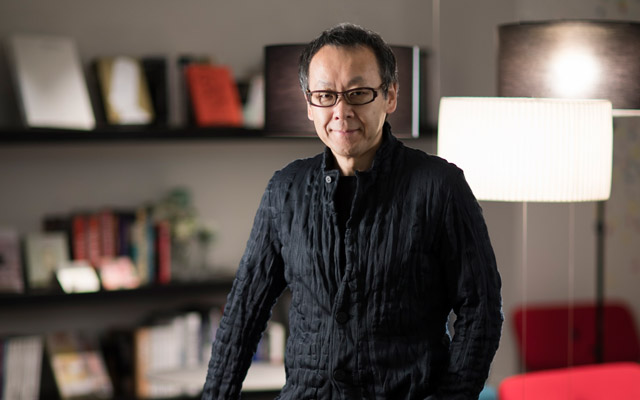Hoshino Resorts’s CEO Yoshiharu Hoshino has been named Master Entrepreneur of the Year by EY, recognised for demonstrating exemplary entrepreneurial spirit and business strategy while being founder of a company with global influence. He shares plans for the company’s future growth and reasons for why the brand is thriving
 What trends are you seeing in the needs of international visitors and how are you accommodating them?
What trends are you seeing in the needs of international visitors and how are you accommodating them?
The way travellers around the world think about luxury is changing. Things like quality time and rare experiences now define luxury travel more than luxurious spaces. Ecotourism, which aims to allow travellers to experience and learn about the natural environment, culture and history of a region, is now attracting attention. In this case, luxury tourism could be described as encountering nature that only exists there and experiencing food that can only be eaten there.
We believe that by offering these real experiences (unique to) each local area, we can meet the needs and trends for our luxury customers.
What are your growth plans in Japan?
We are trying out new initiatives such as operating a hotel near Kansai International Airport. (Surveys show that the) criteria for choosing an airport hotel were price, access and cleanliness, and airport hotels were mostly used only for sleeping. I want to create an airport hotel that can offer a fun stay as a hotel concept.
Also, we opened Risonare Osaka at Hyatt Regency Osaka in December 2022. This hotel is a new initiative for us as it is part of a “hotel-in-hotel” structure. When Hyatt Regency Osaka was built, it had a decent market size so 300 rooms were created to match that demand. However, due to the pandemic, market demand is changing. Tourists will become more numerous than business travellers. Osaka is oversupplied by accommodation and hotel competition is tough. Filling up 300 rooms became the issue, so we came up with the idea of two brands collaborating. While Hyatt Regency Osaka is strong in some markets, Risonare is strong in others, particularly among families with children. I wanted to try filling the entire 300 rooms by bringing together these two hotel brands.
How about your growth plans for overseas?
Our vision for the future is not only to operate in Japan, but also to become a globally competitive hotel management company. The Japanese are originally famous for their hospitality so I want to do something to change the fact that Japan cannot compete globally in the hospitality-focused industry of tourism. Now, we are targeting the US because it is the launching pad for the global hotel industry.
One of our ongoing plans is to open a Japanese-style hot spring inn (ryokan) within three to five years in the US. If we are recognised there, we will have more opportunities to expand in other regions. I believe the hot spring inn is a unique accommodation and has elements of a Japanese cultural theme park. There are about 1,200 hot spring spots in the US, such as (in) California and Colorado. As the number of foreign visitors to Japan from the US has increased in recent years, the level of understanding of (the) Japanese culture has also increased. Japanese-style hot spring inns in the US, therefore, are likely to be both desirable and successful.
Hoshino Resorts’ history goes back to 1914, when its first ryokan hot spring inn was established – so what is your secret to success?
In order to operate all Hoshino Resorts properties equally, the culture must be flat, and not the organisation itself. This is not an idea we came up with, but is based on American author Kenneth Blanchard’s theory of organisational management. This theory is the guiding principle for creating a flat culture and solving various onsite problems at Hoshino Resorts.
Our staff are always aware and discovering something new while serving customers, and without this awareness and discovery, it is difficult for hotels to function properly. Therefore, the most important element of management is that the employees think for themselves. Problems come up onsite and solutions should be decided immediately. Carrying out the decision-making process onsite, rather than at our headquarters in Tokyo, is our essence. Our job at the headquarters is to provide the right environment and invest in the system. It is important to create an organisation where each resort acts independently.




















